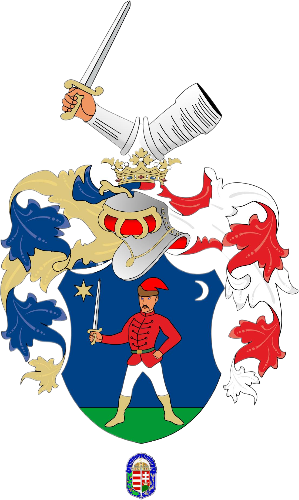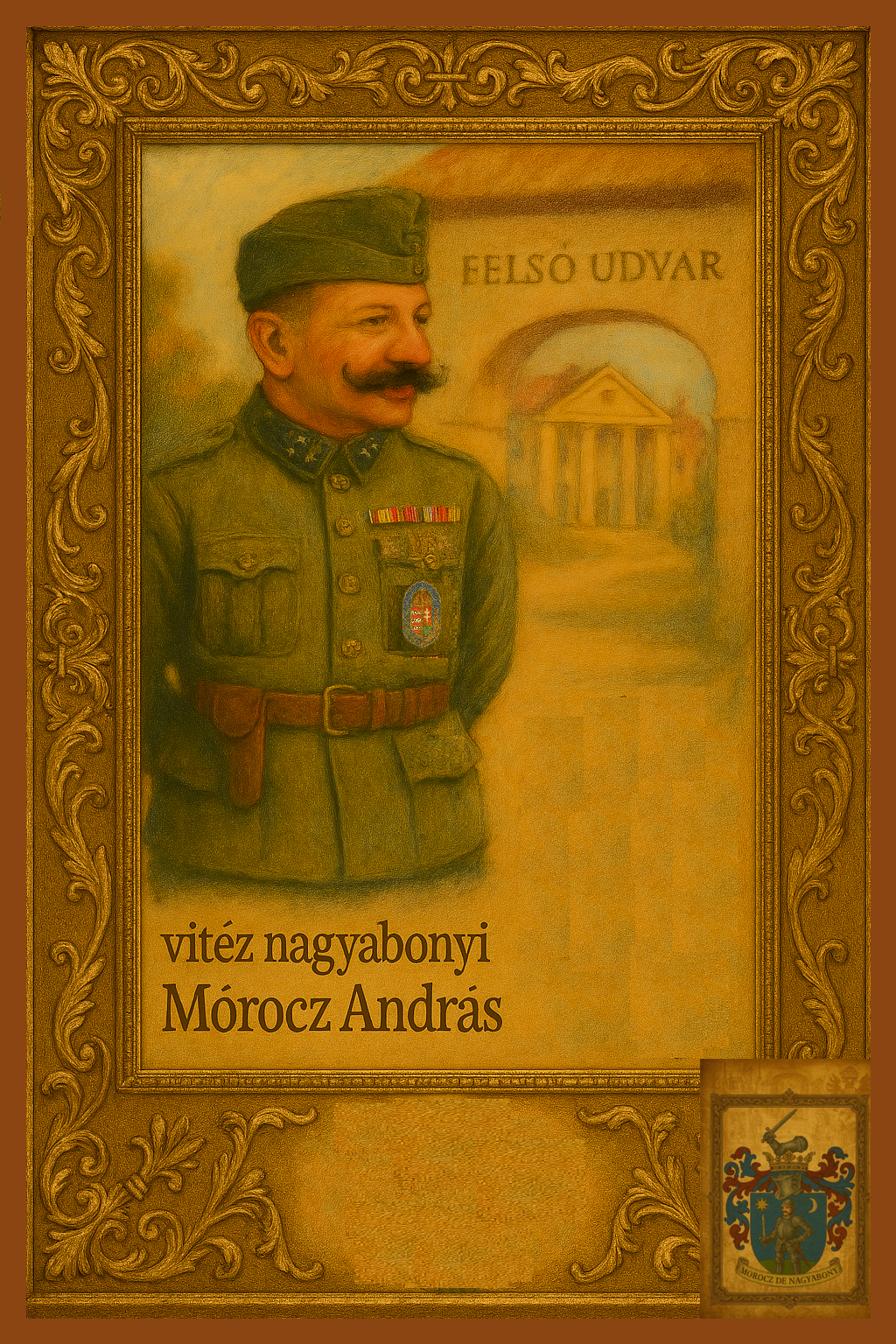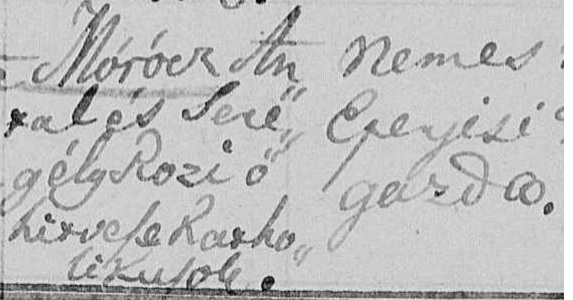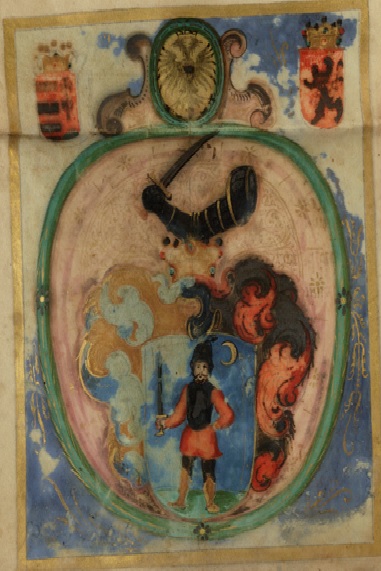History of the Mórocz family - Landowners of Nagyabony
The Mórocz family of Nagyabony is an ancient hungarian noble family, the common landowners from Nagyabony and farmers from Eperjes. It is one of the oldest families in Csallóköz area (the part of Kingdom of Hungary, present the area of Slovakia). The family took its noble name from the village called Nagy-Abony, located in Csallóköz, Bratislava County. The Eperjes branch also comes from it. Nagy or Fel-Abony is one of the oldest and most numerous places of which history has preserved numerous memories, especially in the great Bratislava chapter archives. This place takes its origin from Czech immigrants, who, breaking into our country during the reign of King Stephen III, won this land from the king and chose it freely at their own pleasure. They wanted to be royal courtiers and the king included them in a solemn document. In this patent, they were confirmed, as Palatine Dénes testified before Béla IV, King Andrew II. The same was done in 1236 by Csiba, Ibur, Heym, Sid, Pocus, Karácson, Illezus, Sath, Hugel, Nolch, János, Kelemen, Stegun and Amadé (Omo dias), at the request of the descendants of the aforementioned Czech immigrants, by King Béla IV. Later, this village belonged to the Bratislava castle, and its inhabitants formed part of the castle guard. Over time, however, more and more people were released from this castle serfdom and included among the nobles of the baza; thus in 1299, The king Andrew_III appointed a local serf named János, who, with Master Düme, the chief of Bratislava and Zvolen, went to the aid of the Austrian Duke Albert against the Holy Roman Emperor Adolf at the king's command. He distinguished himself in the battle, his merits were rewarded, he was released from serfdom, and he included in the ranks of the nobles Jaka, Marcel, Máté, Bug, Endre, Musga and Csiba. The origin of the Mórocz family of Nagyabony is still unclear. Many try to connect them with the aforementioned Czech immigrants, who during the reign of King Stephen III broke into Kingdom of Hungary. The first known ancestor of the family, Michael of Nagyabony is mentioned in 1430. His son was Móricz of Nagyabony (1488), whose children were already named Mórocz of Nagyabony after their father. Móricz's son, Benedek (1511) was the first in the family to use the secondname Mórocz. Benedek married Katalin Zempczy of Bachffalwa (daughter of Zsigmond Zempczy). Benedek had two sons: 1. Balázs (1518) 2. Demeter (1518). Benedek had the estates in the Gaathzeg, Naghozthal and Nadwár areas in the Nagyabony district. The Bratislava Chapter sent Benedek Morocz of Nagyabony to Győr as its envoy in 1520. Balázs Mórocz of Nagyabony, Benedek's son, loses part of his estate for participating in the murder of nobleman Pál Angyal of Nagyabony in 1525. Balázs married Ilona Csöponyi de Középcsöpöny. Balázs had three sons: 1. István (1541) 2. Gergély (1541) and Benedek (1541). The Bratislava Chapter reported that they had received the warrant of Miklós Báthory and at the request of Balázs Mórocz's son they rewrote the will of succession made by his mother and wife of György Nagy of Középcsöpony, Ilona, regarding the sale of their noble manors to Elek Thurzó in 1577. The Morocz family fought a 30-year legal battle with the Vital family over an estate in Alsace. They lost the lawsuit. The nobleman Simon Sott put his part of a noble estate for 32 hungarian forints for 99 years to the nobleman Balázs Morocz of Nagyabony in deposit in 1638. Georgius, Andreas, Lucas, Joannes and Peter Morocz recived a royal donation on June 4 1641 from the emperor a king Ferdinand III in Nagy-Abony and the coat of arms in 1651. This coat of arms is a knight holding a sword. The armored arm holding a sword in coat of arms refers to the valiant role shown in the battles against the Turks dating back to the 17th century. Nagy-Abony, once a noble village joined the Végvár system and played an important military role by providing continuous defense readiness. Ambrus Mórocz and Georgius Mórocz received a new estate from the emperor and king Charles VI in 1718-1719. The Mórocz family during the noble investigation produced Ferdinand's donation letter dated June 4, 1641. The Mórocz were the owners of the "processus inferior insulanus". András Mórocz of Nagyabony was a hero of the First World War. András Mórocz became a member of the Order of Knights (Order of Vitéz) in 1939. He took part the recapture of Transylvania in the rank of captain in 1940. Currently, his great-grandson, Róbert Mórocz of Nagyabony is the successor of bloodline in Order of Vitéz.
vitéz nobilis Róbert Mórocz de Nagyabony, a descendant of the Mórocz family from Nagyabony and a member of the Order of Vitéz under the patronage of the House of Habsburg-Lorraine.





